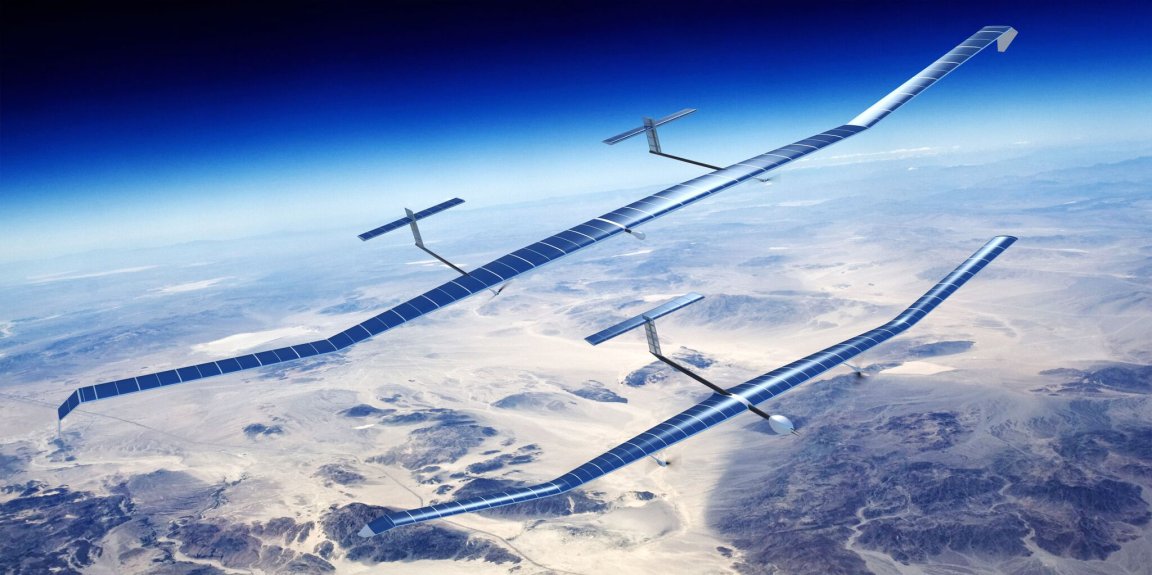
European aviation firm Airbus recently announced the successful maiden flight of its high-flying, solar-powered drone—the Zephyr T.
The success of this initiative would mean that the company is flying in the right direction with their ambitious dream of replacing the current webwork of space-based satellites with what they are calling “high altitude pseudo satellites.” These are essentially autonomous drones that would execute all the functions of current satellites, but at a drastically lower cost; and they could potentially operate for much longer periods than satellites, only returning occasionally for power and tech upgrades.
Airbus started developing pseudo satellites in 2008—bridging the gap between satellites in space and the drones flying above people’s roofs. The company made a world record in 2010 with the Zephyr 7, which flew for 14 days without refueling.
The solar-powered drones could be used for military monitoring, emergency communications, and even for high-speed internet connection.
Airbus is working on the endurance issue, or simply what happens to the solar-powered drone when there is no Sun. The company said the Zephyr’s electric propulsion is already efficient, but can still improve with battery tech advances.
In the meantime, we eagerly await a world where high-flying armadas of drones eliminate the dangers of space junk and declutter Low Earth Orbit.